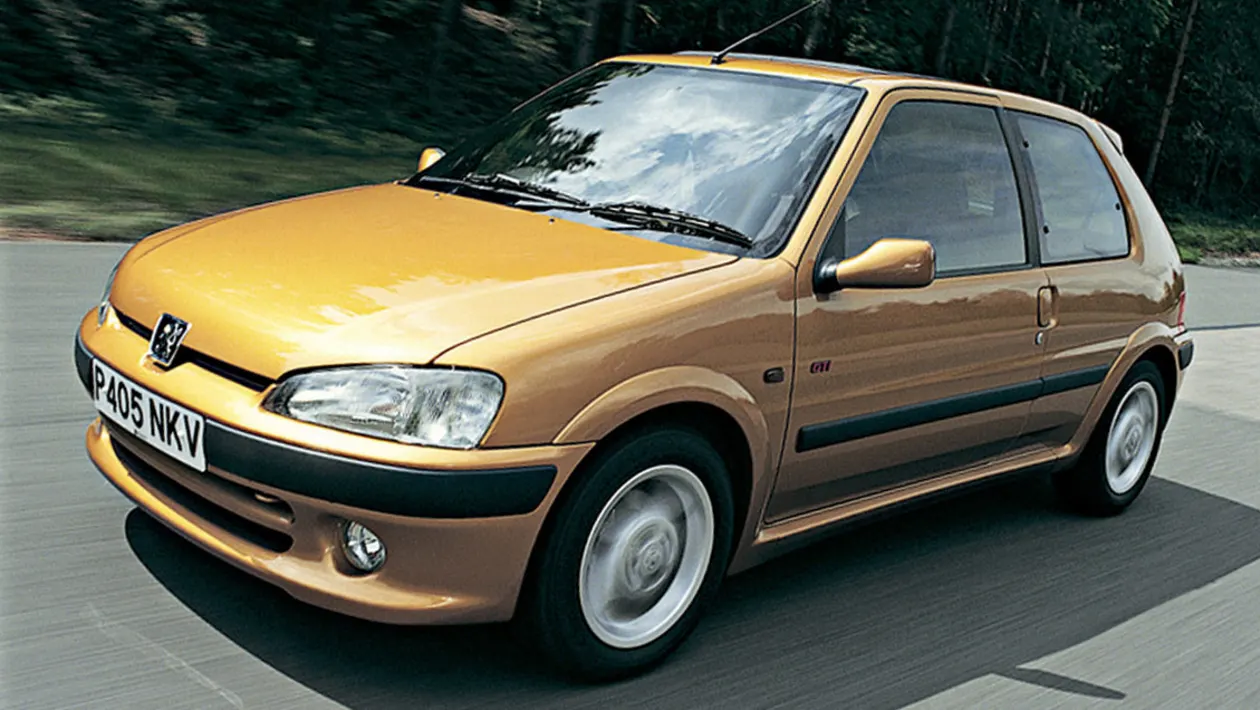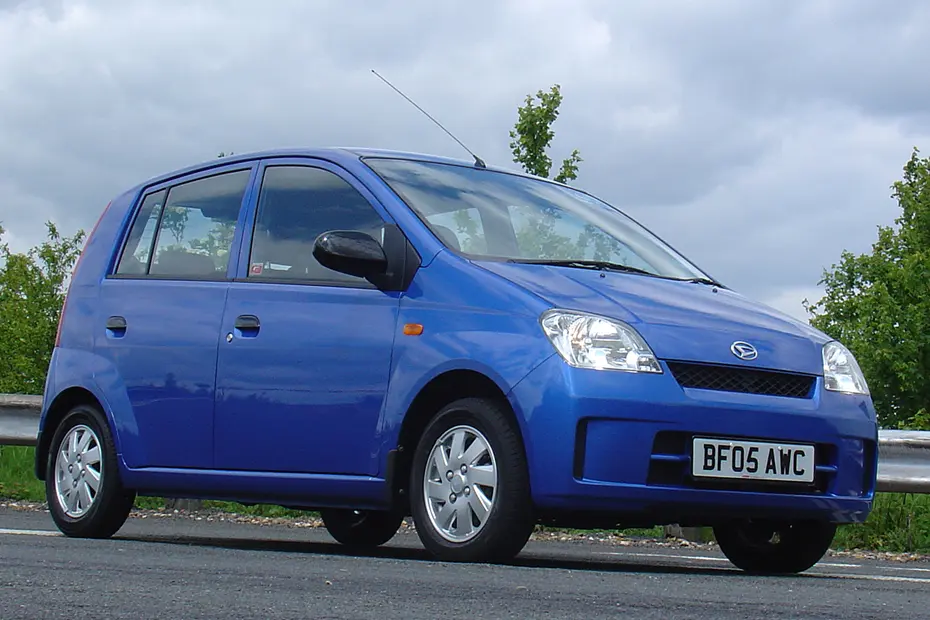The Supercar Renaissance and the Birth of the Hypercar (Part 2)
Now the Jaguar XJR-15 of 1991, that was what the XJ220 was supposed to be. It may have only 450 BHP but because it weighs the same as a TVR Griffith, it can match the more powerful XJ220 from 0-60 and will top 200 flat out. But what the XJR-15 lacks in top speed it makes up for in cornering and braking, provided it’s not in full 700 BHP LM spec. The XJR-15 is more like the F40 in being a back-to-basics kind of car, focussing on race car technology such as several components being borrowed from the XJR-9 Group C car as well as the full carbon fibre body, but it’s not the greatest from this period.
The Bugatti EB110 (also launched in 1991) packs both brute force, technology, and
luxury. It’s 4-wheel drive system provided plenty of grip off the line and in
the corners. It’s 60 valve 3.5 litre V12 with 4 turbos makes 550 BHP and
despite being garnished with plenty of wood and leather it will top 210 MPH and
in stripped out Supersport form it can get close to 220 MPH, firmly putting the
XJ220 in the shade and leaving the Diablo for dust. The only issue is that much
like the Veyron, some feel it’s not as fun or as engaging as an F40, likely feeling
its luxury compromises the potential to be a good all-rounder. But if you ask me,
it combines the ballsy fire power of a full-on racer and the luxury of a limo
to make a unique product that in turn set the template for future Bugatti’s and
that makes it rather special.
But if we’re talking about special then the Lamborghini
Diablo always makes you feel special as well. It may have the
typical issues that most old Lamborghini’s have but it’s a car where its
outrageousness compensates for the short comings. The deep bellow of its V12
coupled with its amazing styling makes one amazing package. The base Diablo is
most certainly an exotic looking car but much like its predecessors, it can
still deliver the goods, courtesy of a 5.7 (later 6 litre) V12 making 485 BHP
(later anywhere from 520 to 575) and thanks to massively improved aerodynamics
it topped 201 MPH in Germany. By the end of its life the Diablo was more
mellowed out, the headlamps had been changed and became 4-wheel drive only
after 1999. But it never lost it’s ability to make mouths drop. Whilst
it is a likeable car, it’s not the best from this period, it still has many of
the same issues as the Countach and is unlikely to be a driver’s choice, but
still, what a car.
Next time: RUF CTR, Lister Storm & McLaren F1




Comments
Post a Comment